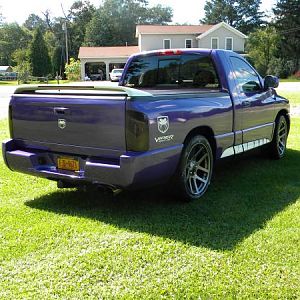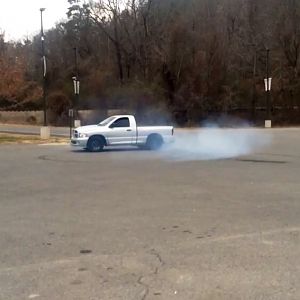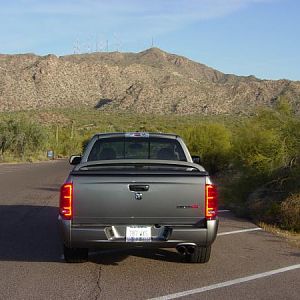Excerpts from:
https://www.autoserviceprofessional...on-coils-What-every-tech-needs-to-know?Page=7
Even though the coil may be capable of an output of 40,000 volts, this almost never happens in real life. What will happen is that the voltage will rise as high as it takes in order for the spark plug gap to ionize. Based on the variables discussed earlier, the voltage required
could be as low as 3,000 volts or as high as 30,000 volts.
The lower voltage can be enough to ionize the gap under high speed, light load conditions. The maximum required voltage happens under heavy acceleration where the load is high and the fuel mixture is rich.
Typical ignition firing voltages are between 8 kv and 22 kv. Having a higher voltage available from the coil may not be an advantage.
The engine computer will know in advance when it wants a spark from the coil. The target is to start the dwell period enough in advance of spark event for the primary coil current to reach full energy storage.
This time depends somewhat on battery voltage and more on the exact internal temperature of the ignition coil. This may be harder to predict. For this reason, most coil electronics include a coil current limiting feature. When the target current level is reached, the coil driver transistor is turned partially off, limiting any further rise in the current. The goal is to keep the coil current limit time as short as possible to avoid excess heating in the coil driver.
When the connection to the spark plug opens or the plug becomes un-fireable, the voltage from the coil will rise. Oftentimes this will create a breakdown in the insulation of the spark plug boot or wires. This results in an arc that passes through the side of the boot and nails the nearest point at ground potential. Once an arc has occurred, the pinhole created by the arc represents permanent damage to that boot.
When it gets bad enough, the arc will occur first even though the spark plug has been restored to normal firing condition. The solution is to replace the damaged boot and damaged spark plug.
END
So...Coil relocation may not be a good idea; not if Internal Coil Temperature is calculated into the ECU, and it sounds like it is.
As mentioned earlier, plugs will require only enough voltage from the coil to fire. Eg: 70,000 volt coils DO NOT fire at 70,000 volts every time they discharge.




![IMG 1050[1]](/data/xfmg/thumbnail/0/254-507cb8882be51b5e41e097cfc032afe6.jpg?1712488359)


